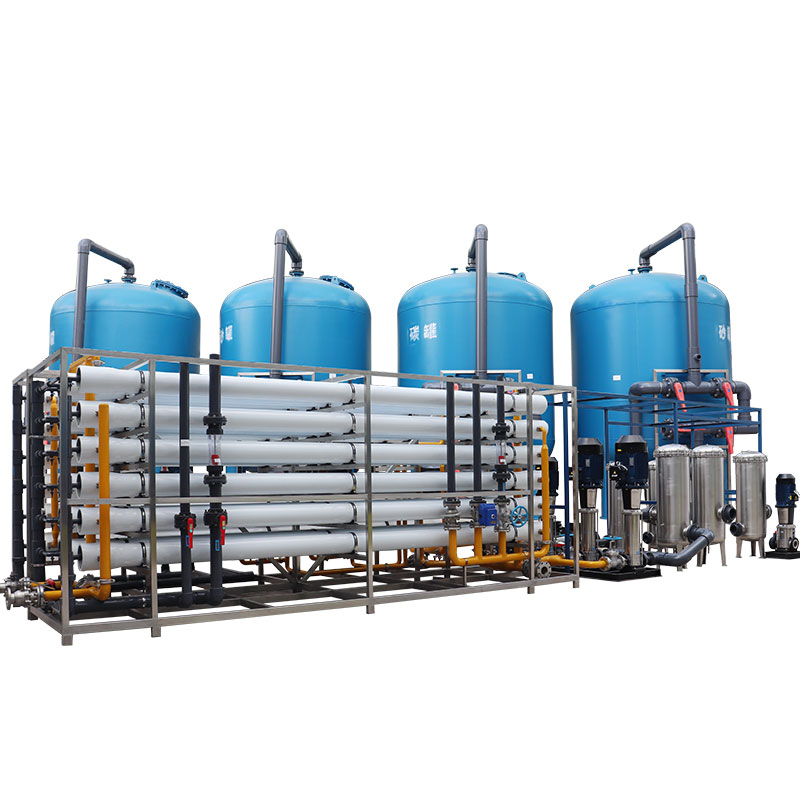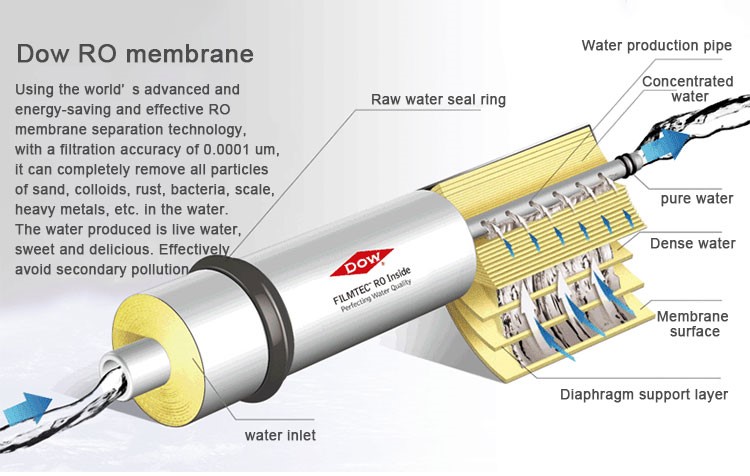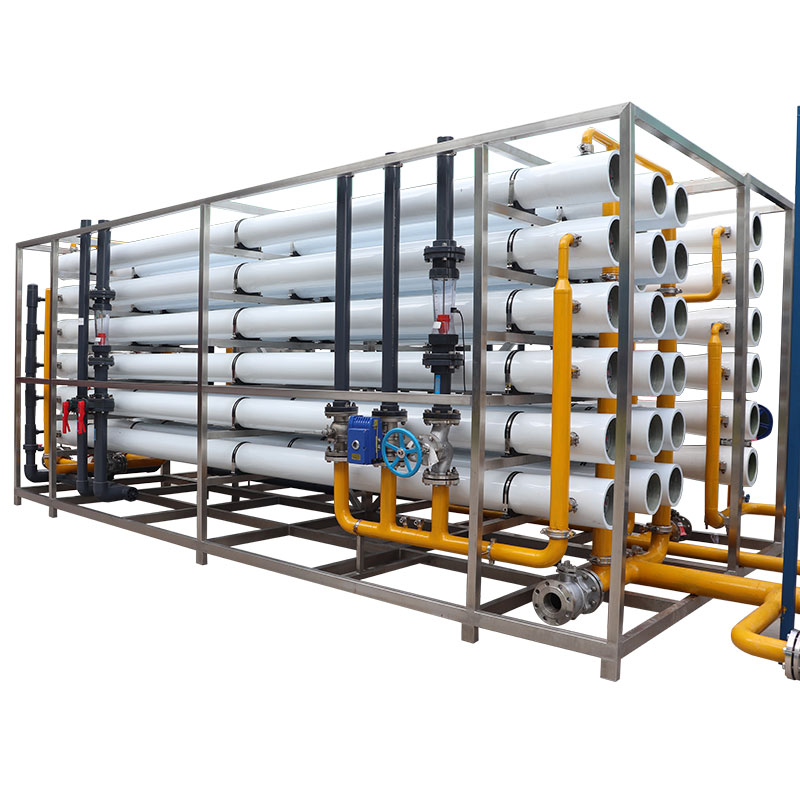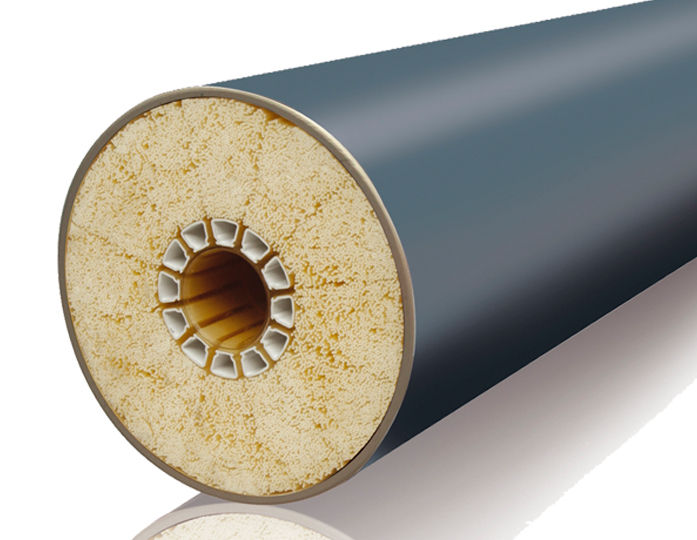What is the role of the filtration membrane in reverse osmosis water treatment systems?
With the increasing scarcity of water resources, reverse osmosis water treatment systems have become a hot topic in the field of water treatment. Among them, the filtration membrane, as a key component, has become increasingly prominent in its role. This article will delve into the magical role of filtration membranes in reverse osmosis water treatment systems, revealing the intricacies of this technology to readers.
1. Basic structure of filter membrane
Before understanding the function of filter membranes, it is necessary for us to understand their basic structure. The filtration membrane in the reverse osmosis water treatment system is made of high-tech materials, usually composed of composite materials such as polyamide and polyethersulfone. This design enables the filtration membrane to have a microporous structure, enabling precise filtration operations at the molecular level.

2. The core of efficient desalination
One of the main functions of filter membranes in reverse osmosis water treatment systems is to achieve efficient desalination operations. Its microporous structure can prevent most harmful substances such as salts and heavy metals dissolved in water from passing through, thus achieving the goal of desalination. This characteristic makes the reverse osmosis water treatment system an ideal choice for treating seawater desalination, providing a feasible solution for regional freshwater resource scarcity.
3. Guardians of microbial interception
In addition to desalination, filter membranes also play an important role in intercepting microorganisms in water treatment. Its micropore size is designed appropriately to retain microorganisms such as bacteria and viruses, ensuring that the treated water quality meets hygiene standards. The filtration membrane of the reverse osmosis water treatment system has therefore demonstrated an irreplaceable role in fields such as drinking water purification and medical water use.

4. Suspended substance interception and guarantee of clear water quality
In addition to salt and microorganisms, suspended substances in water are also the focus of filtration membranes. The filtration membrane, through its microporous structure, can effectively prevent impurities suspended in water from passing through, ensuring the clarity and transparency of water quality. This function plays a crucial role in daily drinking water treatment, industrial water use, and other aspects.
5. Sustainable advantages of water conservation and environmental protection
The role of filter membranes in reverse osmosis water treatment systems is not only reflected in the improvement of water quality, but also in the sustainable advantages of water conservation and environmental protection. Compared to traditional water treatment methods, the filtration membrane of reverse osmosis water treatment system can efficiently utilize water resources, reduce wastewater discharge, and make a positive contribution to sustainable development.

6. Continuous innovation drives technological progress
As the core component of the reverse osmosis water treatment system, the continuous improvement of the performance of the filtration membrane cannot be separated from the continuous innovation of technology. The introduction of various new materials and micro nano technologies has made significant breakthroughs in the desalination efficiency and pollution resistance of filtration membranes. Technological innovation has injected strong impetus into the reverse osmosis water treatment system, making it constantly leading the trend in the field of water treatment.
7. Industry Applications and Future Development Trends
The widespread application of filter membranes is not limited to seawater desalination, but also includes many fields such as drinking water treatment and industrial wastewater treatment. Its application in different fields demonstrates the multifunctionality of reverse osmosis water treatment systems. In the future, with continuous technological innovation, filtration membranes are expected to achieve greater breakthroughs in improving filtration efficiency and reducing energy consumption, bringing more sustainable solutions to the water treatment industry.

Through in-depth analysis of the role of filtration membranes in reverse osmosis water treatment systems, we can easily find that they play a crucial role in improving water quality and ensuring sustainable utilization of water resources. The technological innovation and industry application of filter membranes are driving the development of the entire water treatment field. I believe that with the continuous advancement of technology, reverse osmosis water treatment systems will contribute more to solving global water resource problems.




